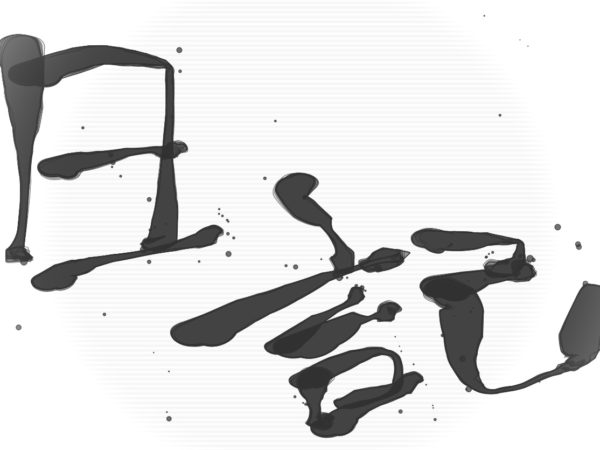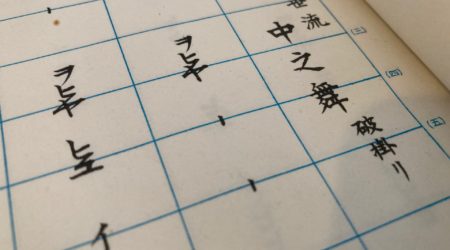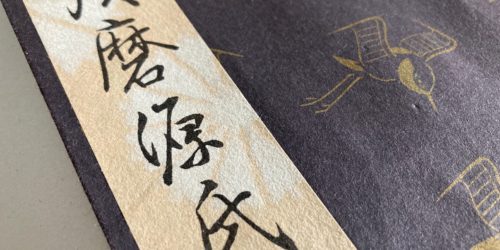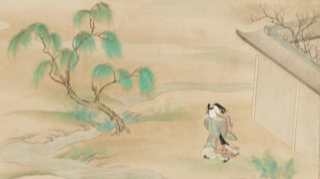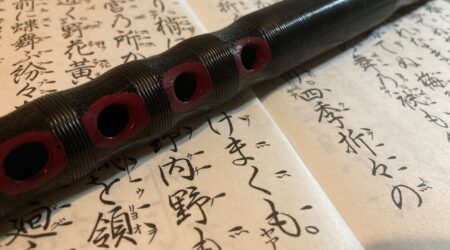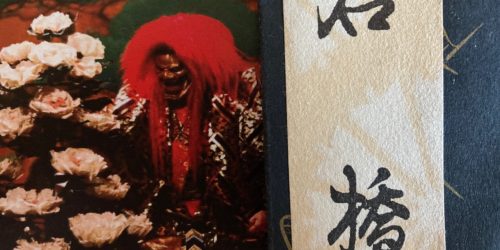Anyway, “Takasago” is a very congratulatory Noh play
The Noh play that I saw for the first time this year was Takasago.
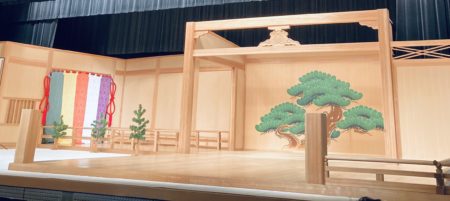
Takasago is a congratulatory Noh play, and it is often performed every new year.
I always feel that Takasago has a subtle charm.
The latter half of this Noh play with musical accompaniment deeply touches my soul.
I may have little knowledge of this Noh play compared to the average Japanese person.
However, I know that this knowledge is unrelated to getting drunk with in the world of Noh plays.
Noh plays always throw me into a dream without realizing it.
Some auspicious messages are hidden in Takasago.
A pine tree is a gist.
In the field of classical Japanese literature, a pine tree is considered to be a symbol of longevity.
An old couple in the story, who are the spirits of the pine tree, means long marital harmony.
On the other hand, a pine tree is likened to the prosperity of Waka(a traditional Japanese poem).
In addition, it shows the glorification of the peaceful reign of an emperor.
This is because people can enjoy Waka.
Based on the above, a pine tree is a very auspicious and sacred tree.
Anyway, Takasago is a very congratulatory Noh play.
It is also dynamic and emotional.
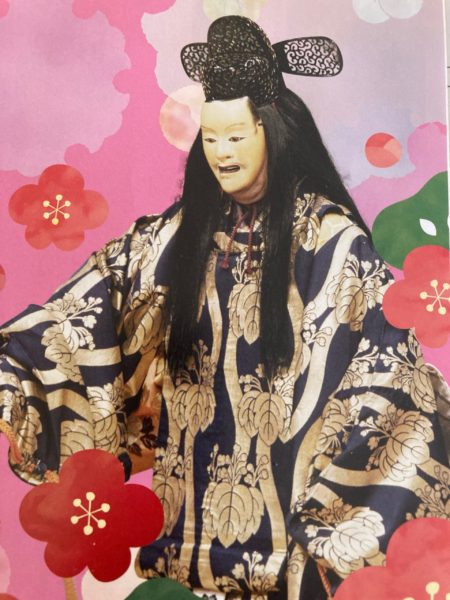
Beating a Noh drum in rapid succession in the latter half of Takasago always makes me imagine the tidal swell.
In addition, it is associated with the sun rising over the ocean.
The sound of Noh drumming increases in violence.
And in the midst of this, the Sumiyoshi Myojin god performs a powerful Noh dance in front of me.
The full of tension of the Noh play is so comforting for me.
I never know for sure if I had a dream or not.
